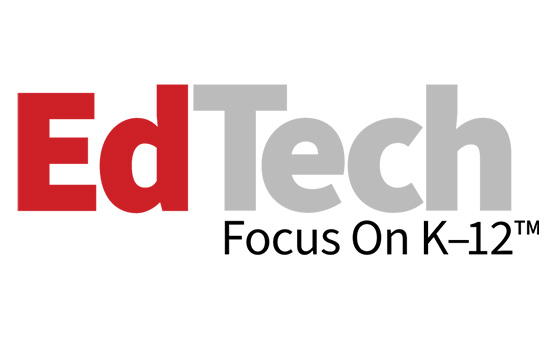Schools Implement AI to Optimize Learning and Workflows
Some early adopters of AI went all in on the technology, even preparing students to use it in their future education and career paths. For these districts, including Gwinnett County (Ga.) Public Schools, the introduction of ChatGPT was less of a disruption and more of an affirmation that they were on the right path integrating AI into learning standards.
Staff at Tolleson (Ariz.) Union High School District are now modeling ways to teach students responsible AI use. “We teach students to view AI as a thought partner,” says Jeremy Calles, the district’s Superintendent.
As schools continue to explore AI possibilities, they’re finding operational efficiencies for administrators and staff. CDW’s research found that a majority of K–12 IT leaders surveyed are implementing AI to automate administrative workflows.
“I could have come up with something similar, but it would have easily taken twice as long,” Matt Penner, director of information and instructional technology at Val Verde Unified School District, says of the operational efficiencies AI has created. The district has since set up a task force to delve further into AI’s possibilities.
While there are very real security concerns with this fast-growing technology, thoroughly defined policies and procurement practices will help schools keep student data safe. “Vendors need to show that they’ve had penetration tests, and that they’ve done all the things they can do to prevent a breach,” says Tom Ryan, co-founder of the K–12 Strategic Technology Advisory Group.
As AI opens new doors to innovation, forging the right path will be crucial to smart, safe and effective use in K–12 education environments.
UP NEXT: What concerns hinder schools’ adoption of artificial intelligence?











